As a CTO at a supply chain startup, you need to decide whether to use an SQL database or take the leap into a blockchain database like BigchainDB. Or, maybe, you’re a bank veteran exploring the true potential of blockchain in banking.
But, “What is a blockchain database,” you ask. And, how does it compare to the traditional data stores we are more familiar with?

In this post, Global Blockchain Solution dives deep into this key question. We will discuss how blockchain vs database stack up against each other and compare databases like SQL and NoSQL with blockchain databases.
By the end, you'll be equipped to make an informed choice between blockchain and traditional databases for your next project.
This Article Contains:
Before we go further, we assume you have basic blockchain knowledge. If not, our posts on what is blockchain and permissioned vs permissionless blockchains are a good starting point.
Now, let's look at how traditional databases work...
Traditional Database Models
If you're an application developer or architect, you may be familiar with traditional database models like SQL and NoSQL.
Traditional databases can be divided into two main categories - relational (SQL) and non-relational (NoSQL). They have been the primary data storage solution for applications over the past several decades.
Core Properties
Despite the differences between relational and non-relational databases, traditional databases typically tend to have:
Structured data and predefined schema: They organize data into tables with predetermined relationships and data types (structured data and database schema.)
-
Centralized architecture: They often rely on a central server that hosts the data. Unfortunately, this centralized architecture is susceptible to single points of failure, meaning that if the central server experiences issues, the entire system might become unavailable.
In May 2023, database issues experienced by GitHub led to widespread connection and authentication failures, even data loss for several projects. This is an issue that persists with centralized architectures. For instance, when certain AWS services went down in 2021, they also caused outages for Amazon, Netflix, Slack, Doordash, and several others.
Client-server access model: Traditional databases adhere to a client-server model, where applications (clients) interact with the database server to retrieve, manipulate, or store data. This model allows for centralized control over data access and management.
Vertical and horizontal scaling: Traditional databases can be scaled both vertically and horizontally. Vertical scaling, generally used in SQL databases, involves adding more resources (CPU, RAM) to a single server to accommodate increased demand. NoSQL databases, however, involve horizontal scaling, distributing data across multiple servers or nodes to enhance performance and availability, which can be especially beneficial for large-scale applications with high data volumes.
-
ACID properties: Traditional databases generally maintain ACID properties (Atomicity, Consistency, Isolation, Durability) to ensure data integrity.
“Atomicity” guarantees that transactions are either fully completed or fully rolled back
“Consistency” ensures that the database transitions from one consistent state to another
“Isolation” prevents interference between concurrent transactions
“Durability” ensures that committed transactions persist even in the face of system failures
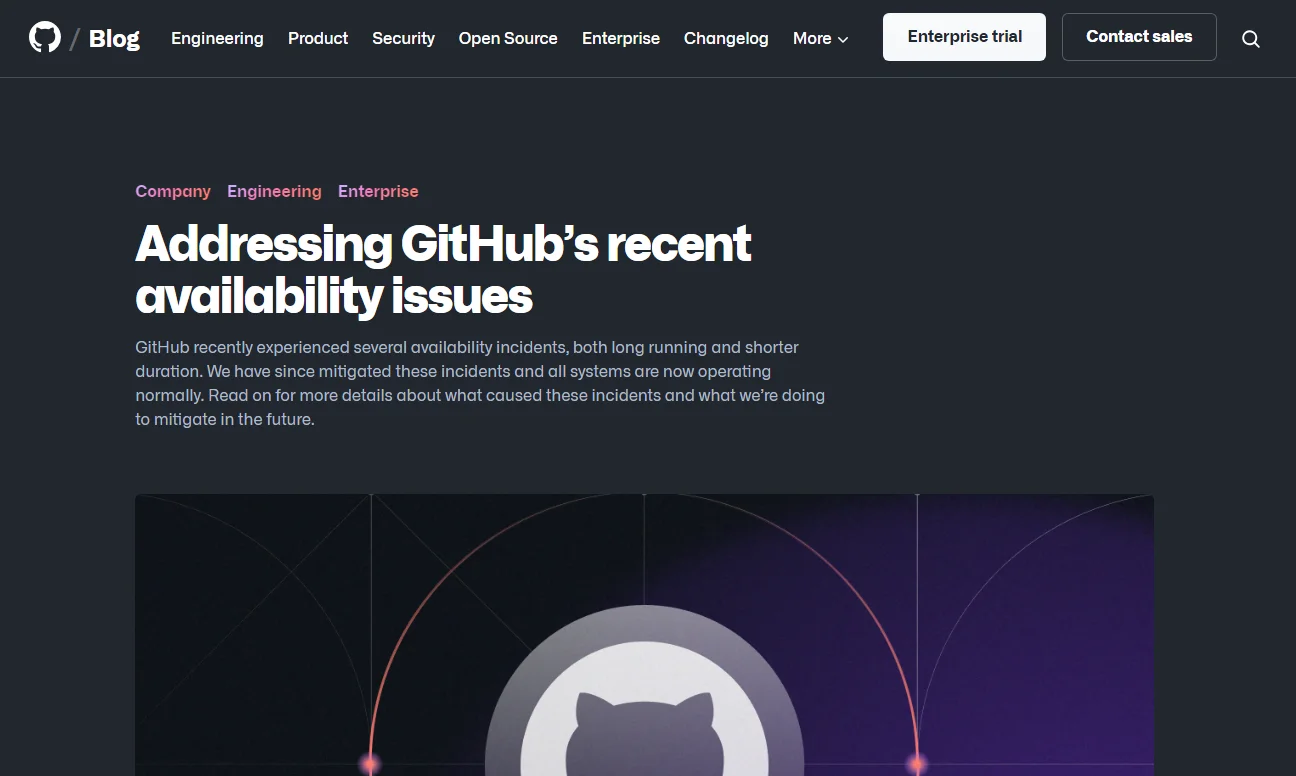
Note: While relational databases strictly adhere to ACID properties in general, non-relational databases have varying degrees of conformation with them.
What are Relational Databases?
Relational databases organize data into tables with predefined relationships between them, following a schema. This allows complex querying to join data from multiple tables. However, the schema can constrain flexibility.
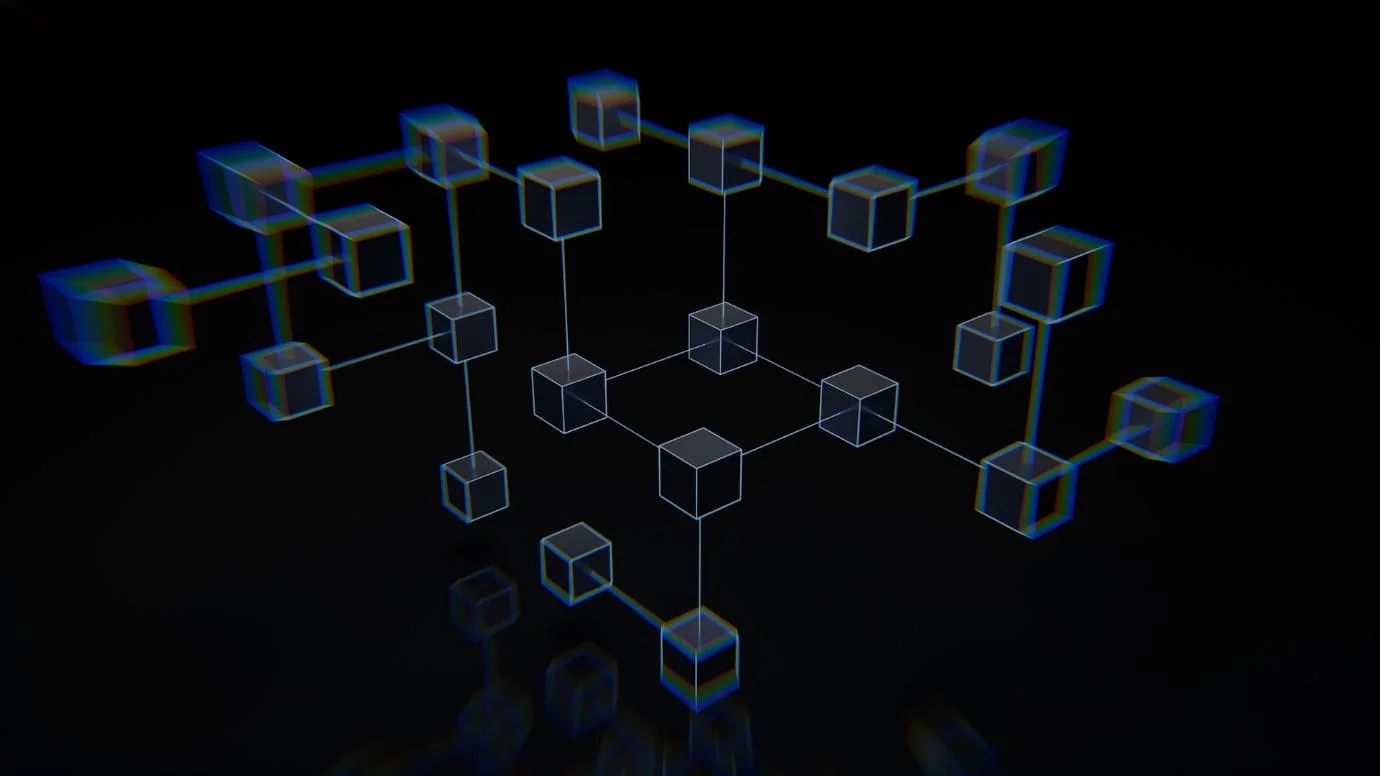
SQL Databases
The most popular relational databases use SQL (Structured Query Language) to manage data:
MySQL Open-source SQL database popular for web apps
PostgreSQL Powerful open-source SQL database
Microsoft SQL Server Proprietary database by Microsoft
Oracle Commercial SQL database focused on enterprises
SQL defines language standards for data definition, manipulation, access control, and queries. However, performance can degrade with high data volumes.
What are Non-Relational Databases
Non-relational databases depart from rigid schemas to optimize for scalability, flexibility, and specific data models.
NoSQL Databases
The main types of NoSQL databases include:
Graph Databases (Neo4J,Amazon Neptune)
They sacrifice some query flexibility for speed and horizontal scalability.
What is a Blockchain Database
Blockchain databases, or database blockchains, take the distributed ledger model of blockchain and apply it to data storage and management. They aim to provide an alternative to traditional centralized databases.

Some key properties of blockchain databases:
Distributed architecture: These databases operate without a single point of failure, distributing data across a network of nodes. This enhances fault tolerance and ensures high availability.
Cryptographic validation: Transactions and data stored in a blockchain database are cryptographically validated. This validation process ensures that the data remains secure and tamper-proof.
Immutability of data: Data in a blockchain database is organized into blocks, which are cryptographically linked in a chain. Once data is added to a block, it becomes practically immutable, enhancing the integrity of historical records.
Consensus mechanisms: Blockchain databases employ consensus mechanisms such as proof-of-work or proof-of-stake to achieve agreement on the state of the database across multiple nodes. These mechanisms ensure that the data stored is accurate and consistent.
Types of Blockchain Databases
Blockchain databases can be categorized based on their architecture and access models:
Public blockchain databases have no access restrictions. Anyone can join the network or query data. However, these networks typically have high block time, which impacts throughput.
Private blockchain databases require permission to join the network and access data, like CouchDB’s Hyperledger Fabric. They operate within a single organization.
Consortium blockchain databases are controlled by a group of organizations. Participants must be granted access to join the network or access certain data.
Hybrid models combine aspects of public, private, and consortium designs. For example, allowing public reads but restricting writes to authorized nodes.
Examples of Blockchain Database Platforms
Leading blockchain database platforms include:
BigchainDB: An open-source distributed database built on blockchain technology. BigchainDB allows developers to deploy decentralized applications while immutably storing structured data across a decentralized network of nodes. BigchainDB supports the querying of data, high transaction throughput, and sub-second latency.
CovenantSQL: A distributed SQL database that provides ACID transaction guarantees. It uses blockchain technology to coordinate network consensus and encrypts database queries/responses for privacy. Designed to provide fast performance and support complex queries.
Modex Ledger DB: An enterprise-grade blockchain database service enabling developers to build decentralized applications. It provides data integrity, encryption, access control, and audit trails on an immutable ledger.
Bluzelle: A decentralized database network for dApps. Bluzelle shards and replicates data across a global network of nodes, providing reliability. It uses blockchain technology to maintain data integrity and security. Focuses on providing blockchain-powered database solutions for enterprises.
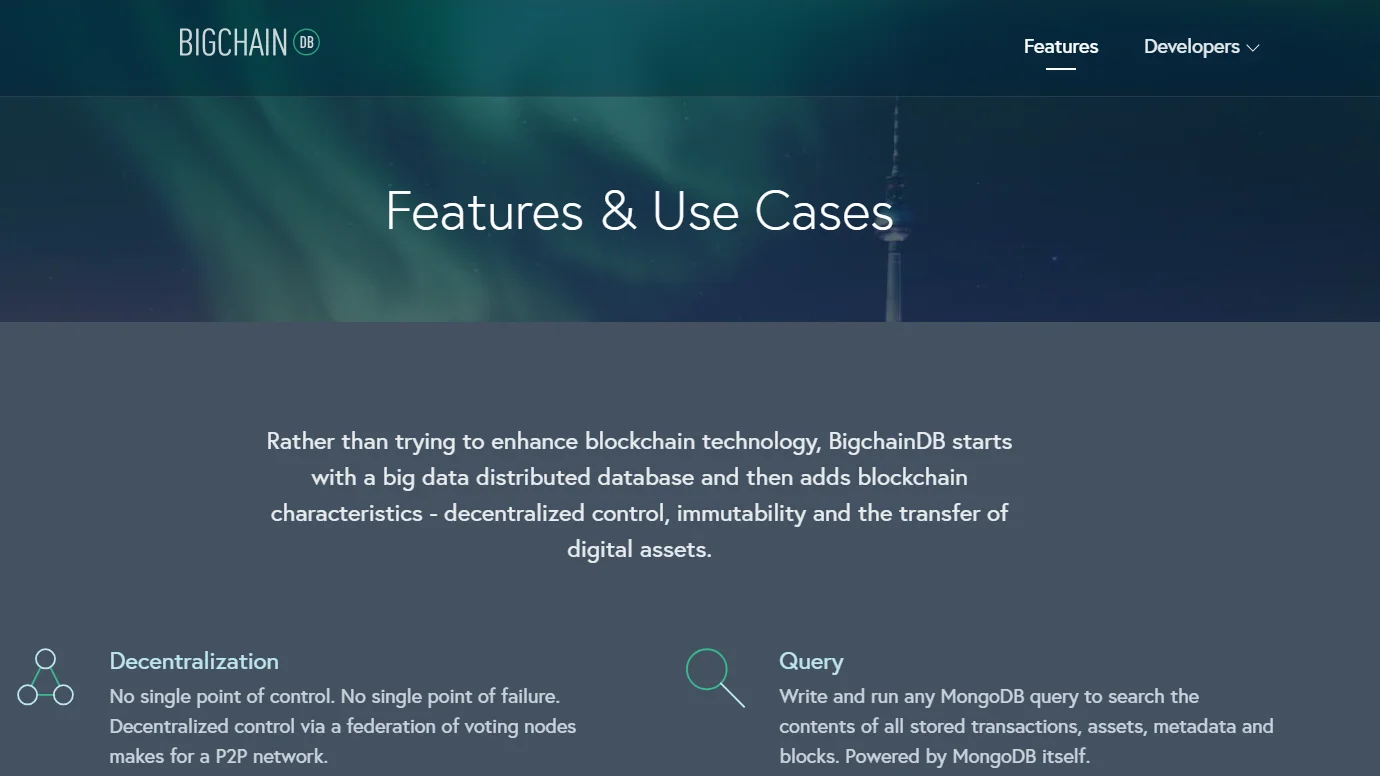
Benefits
Potential benefits of blockchain databases:
Decentralization increases fault tolerance
Tamper-resistant timestamped records
Transparent data provenance and audit trails
Controlled access with cryptographic keys
In the next sections, we'll dive deeper into comparing blockchain and traditional databases.
Showdown: Blockchain vs. Traditional Databases
Now that we have a good grasp of traditional databases and the basics of blockchain databases, let's delve into a detailed comparison. This comparison will highlight the strengths and weaknesses of each approach to help you make an informed decision for your project.
1. Data Structure and Flexibility:
Traditional Databases:
Relational databases like SQL offer structured data with predefined schemas. This ensures data integrity but can limit flexibility when dealing with evolving data requirements.
NoSQL databases, on the other hand, provide greater flexibility by allowing varying data structures. This makes them more suitable for applications with rapidly changing data models.
Blockchain Databases:
Blockchain databases follow a defined data structure, but it's designed to be more flexible than traditional databases' fixed schemas.
New types of data can be added through updates to the protocol, accommodating changes without requiring a complete overhaul.
2. Centralization vs. Decentralization:
Traditional Databases:
Traditional databases typically rely on a central server, making them vulnerable to single points of failure. This can result in system-wide outages in case of server issues.
Blockchain Databases:
Blockchain databases operate on a decentralized network of nodes, eliminating single points of failure. This enhances fault tolerance and ensures continuous availability.
3. Data Integrity and Immutability:
Traditional Databases:
Data integrity is maintained through ACID properties, but the central nature of these databases can make them susceptible to unauthorized modifications or data tampering.
Blockchain Databases:
Blockchain databases ensure data integrity through cryptographic validation and the immutability of records. Once data is added to a block, it's practically impossible to alter, providing a strong defense against tampering.
4. Consensus Mechanisms:
Traditional Databases:
Traditional databases don't require consensus mechanisms within a single server. ACID properties maintain data consistency and integrity.
Blockchain Databases:
Consensus mechanisms like proof-of-work, proof-of-stake, pBFT, etc. are essential in blockchain databases to achieve agreement across multiple nodes. These mechanisms ensure data consistency and accuracy in a decentralized environment.
5. Access Control and Privacy:
Traditional Databases:
Access control in traditional databases is often managed through user roles and permissions, but centralized control can be a potential security vulnerability.
Blockchain Databases:
Blockchain databases offer controlled access through cryptographic keys. Participants have control over their private keys, enhancing security and privacy.
6. Scalability:
Traditional Databases:
Traditional databases can scale both vertically (adding resources to a single server) and horizontally (distributing data across multiple servers). However, horizontal scaling might require significant effort to ensure data consistency.
Blockchain Databases:
Scalability has historically been a challenge for blockchain databases, particularly public blockchains. Solutions are being developed to address this, such as layer 2 scaling solutions and optimized consensus algorithms.
7. Throughput and Latency:
Traditional Databases:
Traditional databases can achieve high throughput and low latency, making them suitable for applications with demanding performance requirements.
Blockchain Databases:
Blockchain databases, especially public ones, often face limitations in throughput due to consensus mechanisms. However, advancements like sharding and improved consensus protocols are addressing these limitations.
To Wrap It Up
Deciding between a traditional database and a blockchain database depends on your project's specific needs. Traditional databases excel in well-defined data structures, high throughput, and low latency. On the other hand, blockchain databases shine in decentralized applications, data immutability, and transparent data provenance.
Before making your decision, consider factors like the level of decentralization you require, the criticality of data integrity, the need for tamper-proof records, and the desired scalability. As the technology landscape continues to evolve, both traditional and blockchain databases will find their place in different applications, each offering unique advantages for specific use cases.
To learn more about blockchain databases and how to implement them as per your unique use case, feel free to pick our brains on a 15-minute call.
Frequently Asked Questions
1. How is blockchain different from a database?
Blockchain and traditional databases differ in their fundamental architecture and properties. Traditional databases, like SQL and NoSQL, are centralized systems that store structured data with predefined schemas. They rely on a single server and are susceptible to single points of failure. In contrast, blockchain databases operate on a decentralized network of nodes, ensuring fault tolerance and availability. They use cryptographic validation and immutability to maintain data integrity and security.
2. Is blockchain better than a database?
Whether blockchain is better than a traditional database depends on the specific use case. Blockchain excels in scenarios where decentralization, tamper-proof records, and transparent data provenance are crucial. Traditional databases are more suitable for applications requiring well-defined data structures, high throughput, and low latency. Both technologies have their strengths and weaknesses, and the choice between them should be based on the project's requirements.
3. Can blockchain replace a database?
Blockchain can replace a traditional database in certain cases, particularly when the benefits of decentralization, immutability, and transparency are essential. However, blockchain might not be suitable for all use cases. Traditional databases offer higher performance and flexibility in terms of data modeling. The decision to replace a database with blockchain should be made after careful consideration of the specific needs of the project.
4. Is blockchain a database?
Yes, a blockchain can be considered a type of database, but it operates with a different architecture and set of principles compared to traditional databases. A blockchain database is a distributed ledger that stores data in blocks, which are cryptographically linked in a chain. This design ensures immutability, security, and decentralized consensus across a network of nodes. While both traditional databases and blockchain databases store and manage data, they do so in distinct ways with varying properties and use cases.

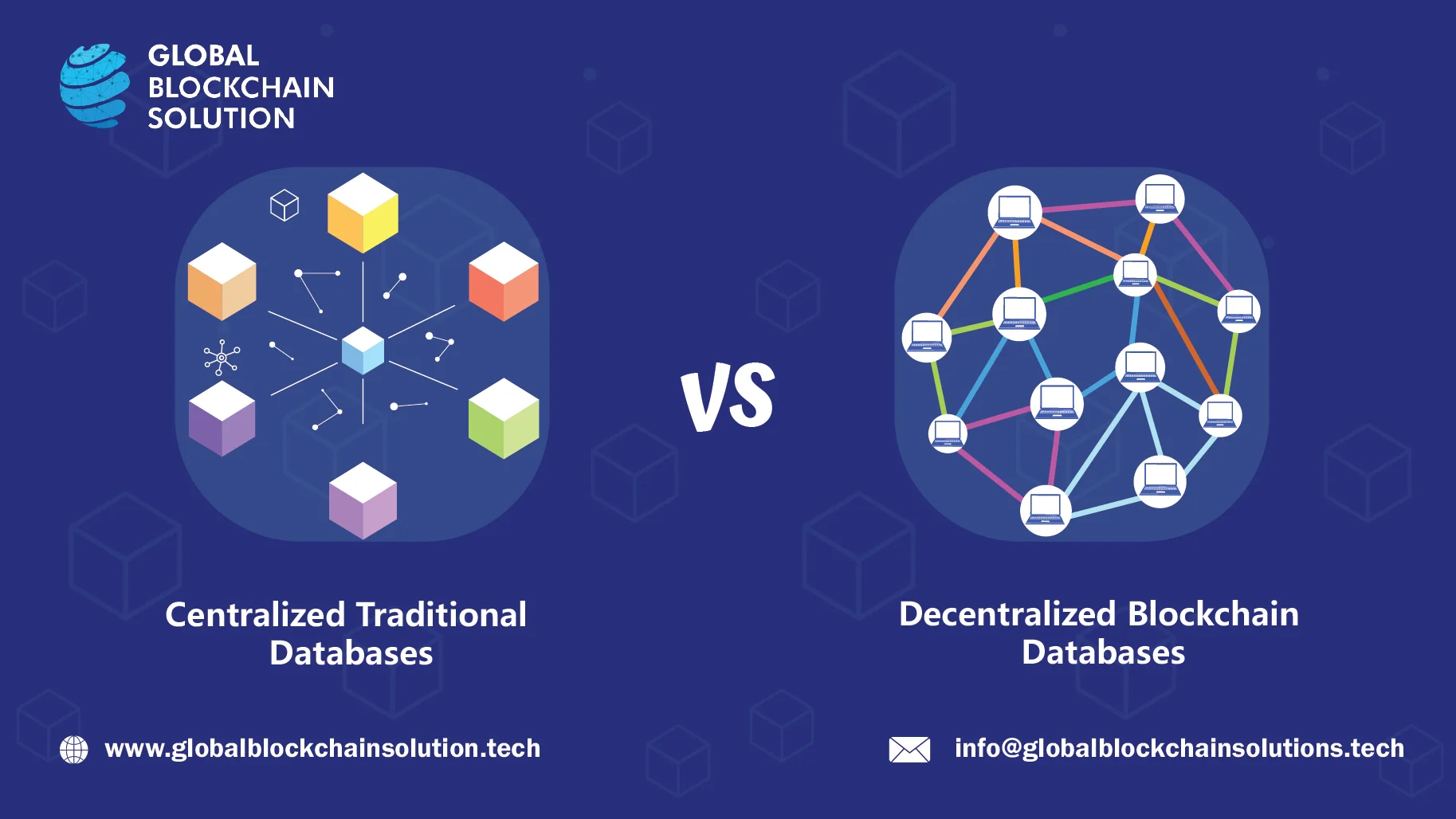

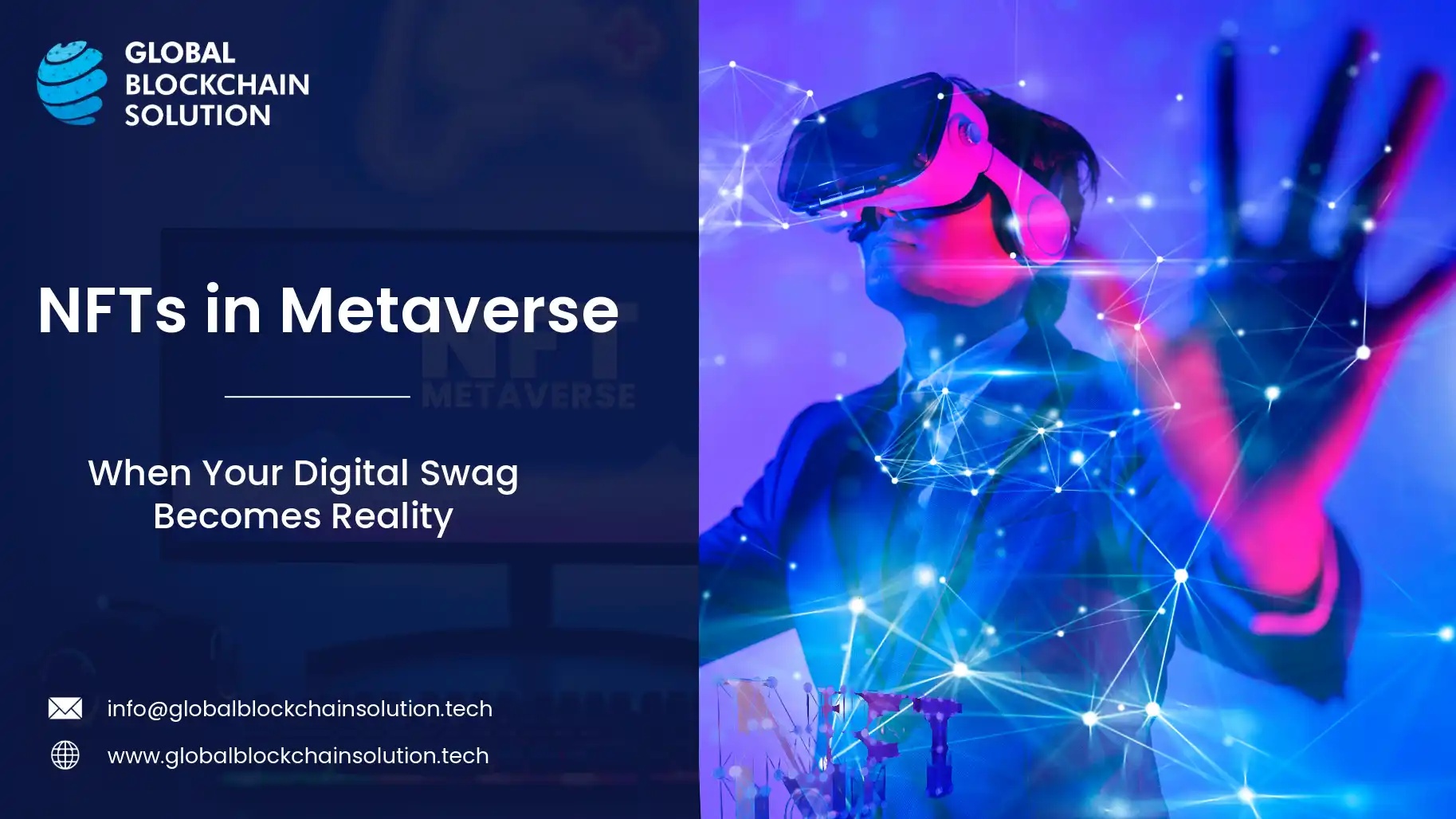
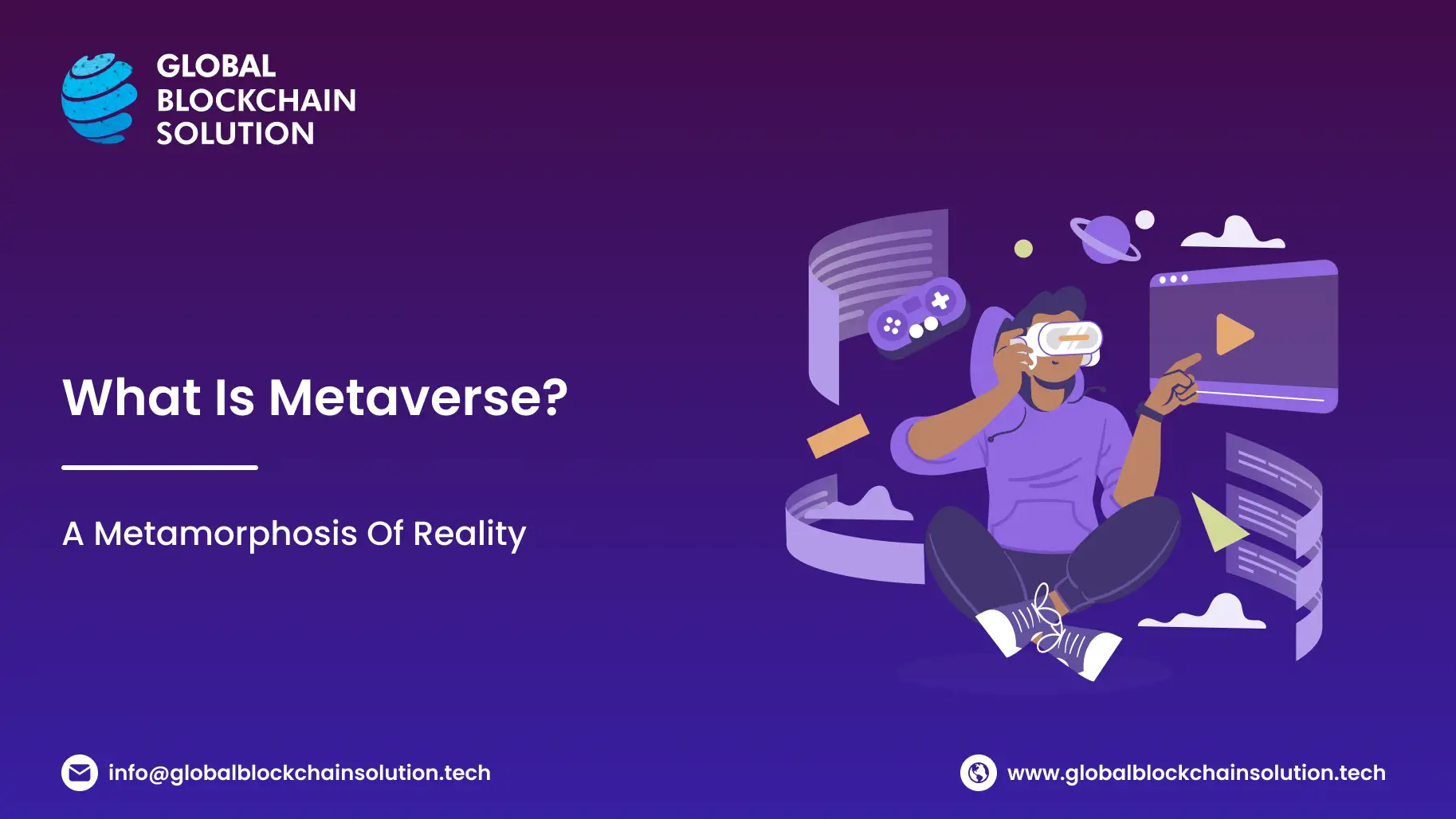
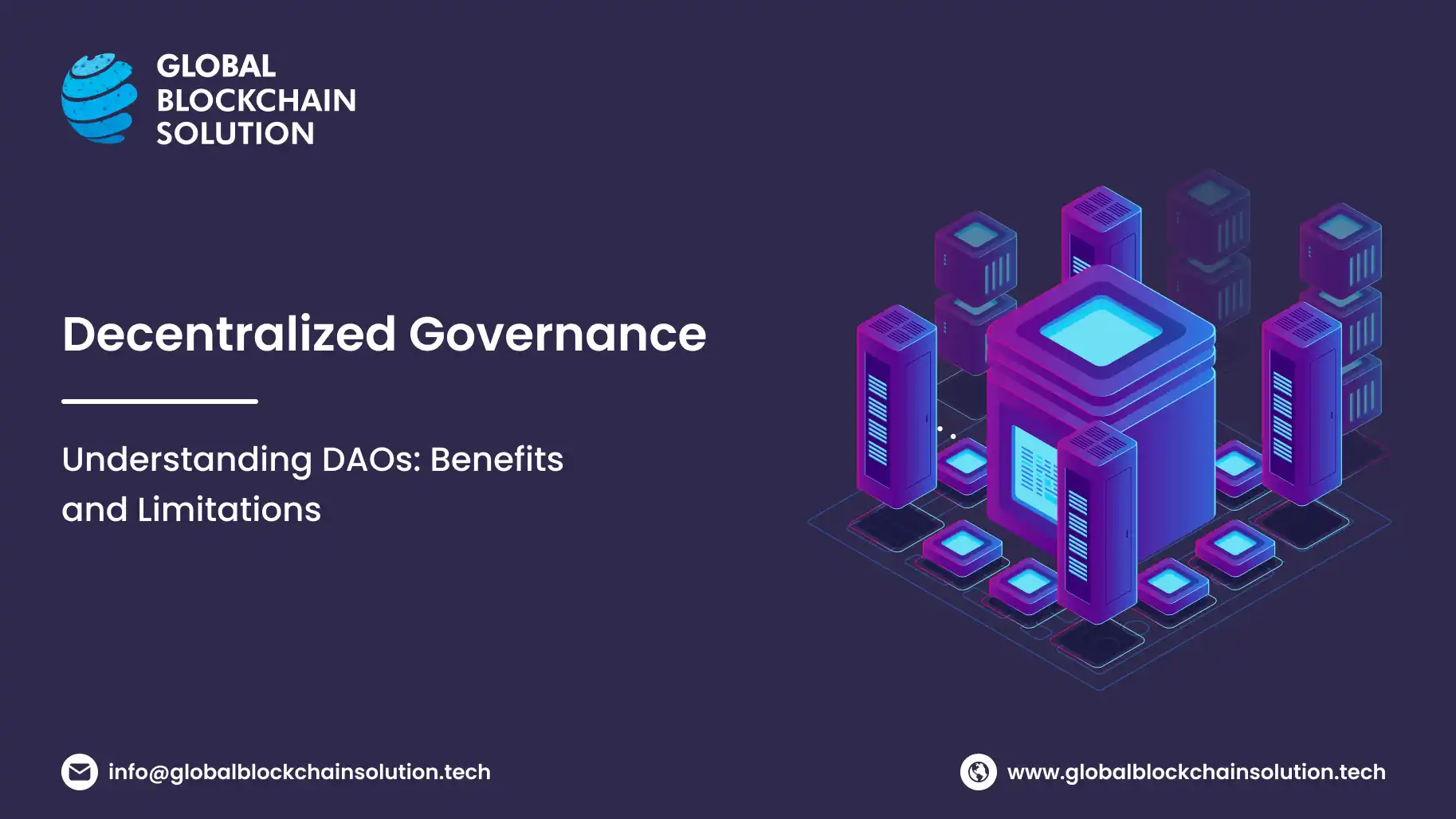
Comments
Share Your Feedback
Your email address will not be published. Required fields are marked *